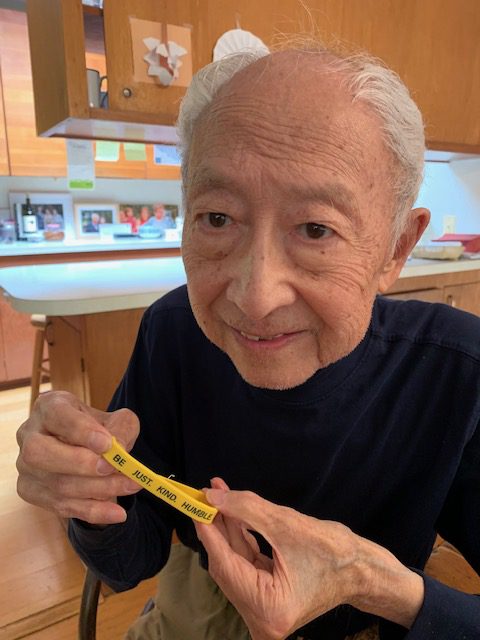ChatGPT :Compare Friendshipology and Communityology, and the key actions needed for good results at both the individual and social levels:
Healthy friendships flourish better inside supportive communities.
🌿 1. Friendshipology — The Individual-to-Individual Focus
Core Goal: Deepen trust, empathy, and meaningful bonds between people.
✅ Key Actions (Person-to-Person):
- Reach Out First — Don’t wait for others to connect. Initiation builds bridges.
- Listen Deeply — Listen for feelings, not just words.
- Show Reliability — Do what you say. Follow up. Be consistent.
- Share Vulnerably — Openness invites reciprocity and trust.
- Respect Boundaries — Care for the person’s comfort and dignity.
- Celebrate and Support — Be present for joys and struggles.
- Resolve Tensions Kindly — Address conflicts with empathy, not ego.
✅ Result: Strong, loyal, resilient interpersonal connections.
🌍 2. Communityology — The Group and Social Focus
Core Goal: Create healthy systems where many individuals coexist with harmony, purpose, and mutual support.
✅ Key Actions (Group-Level or Social):
- Establish Shared Values
– Kindness, fairness, inclusion, respect, service, or cultural pride. - Encourage Participation
– Everyone should feel invited to contribute in their way. - Create Roles and Interdependence
– Cooperation grows when people feel useful and needed. - Set Norms for Civility and Conflict Management
– Disagreements handled with dignity keep the community alive. - Build Rituals and Shared Activities
– Meals, festivals, meetings, creative projects, storytelling. - Foster Leadership by Example
– Leaders model humility, listening, collaboration. - Ensure Inclusion and Welcome Newcomers
– A community fades when it becomes closed or exclusive.
✅ Result: A supportive, resilient, vibrant social ecosystem.
🧩 How They Fit Together
| Aspect | Friendshipology (Individual) | Communityology (Social) |
| Primary Unit | Two people | Many people/groups |
| Foundation | Trust & empathy | Shared values & norms |
| Key Action Style | Personal gestures | Collective structures |
| Conflict Approach | Dialogue & forgiveness | Mediation & policy |
| Strength Outcome | Loyalty & bond | Cooperation & belonging |
Healthy communities grow from healthy friendships.
Healthy friendships flourish better inside supportive communities.
✅ Essential Actions for Good Results in BOTH
- Initiative — connection doesn’t happen by waiting.
- Respect — whether one person or a whole group.
- Shared Purpose — even small common goals create unity.
- Communication — soft tone, clear intent, open hearts.
- Repair & Care — when things break, fix them with goodwill.






